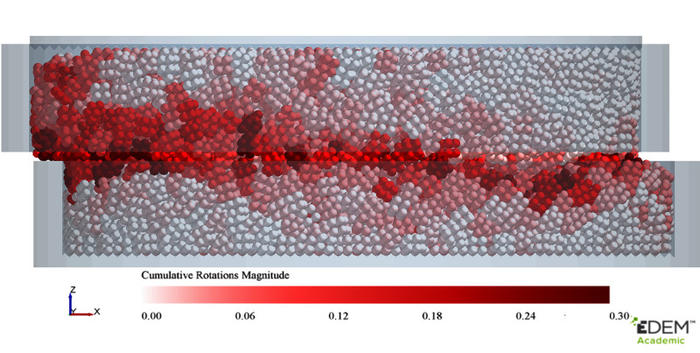University of Edinburgh [ 36 months ]
Turn on Javascript!
Turn on Javascript!
Turn on Javascript!
Turn on Javascript!
I did my B.Tech in Mechanical Engineering from National Institute of Technology (NIT) Jalandhar, India. After which I joined for M.tech in Aerospace Engineering at Indian Institute of Technology (IIT) Kanpur, India. It is here that I started working with granular particles and got fascinated by the complex and intriguing features of granular flows. I performed various experiments and Simulations on different granular flows problems during my Masters. The simulations were performed using open-source software LIGGGHTs. Later I joined as a Project Engineer at IIT Kanpur (an ISRO funded project) for developing a DSMC-DEM coupled solver. My main contribution to the project was the development of a Parallelized DEM code (based on the Hertz contact theory) and the required post-processing code for granular particles.
Discrete Element Simulations offer a high degree of accuracy but are computationally expensive when it comes to simulating large number of particles. The timestep chosen is significantly small when compared to continuum mechanics approach used for granular flows. Since small deformations needs to be captured effectively during collisions, the stiffness of the material and the size of the particle influences the timestep chosen; these conditions often do not favour DEM simulations required in large scale industrial processes.
Dense granular flows contain regions that are either stagnant or exhibit mass flow which can be easily simulated using a continuum model. My project “Mixed discrete-continuum modelling of dense granular flow” aims to simulate such regions with a continuum model while simultaneously simulating high-shear-flow regions using a discrete element method approach. This approach will have benefits of both the methods and fewer drawbacks all while maintaining an optimal simulation time. The overall objective is to develop an upscaling framework that will allow conversion of part of the problem domain from discrete to continuum (D2C) and back to discrete (C2D) as dictated by the needs of the unit-operation or process.


Dense granular flows contain zones of significant shear deformation alongside large volumes of material that are either stagnant or exhibit mass flow. While the former greatly benefit from a detailed discrete model, a continuum approach works very well for the latter and is faster by orders of magnitude. The overall objective is to develop an upscaling framework that will allow conversion of part of the problem domain from discrete to continuum (D2C) and back to discrete (C2D) as dictated by the needs of the unit-operation or process.


